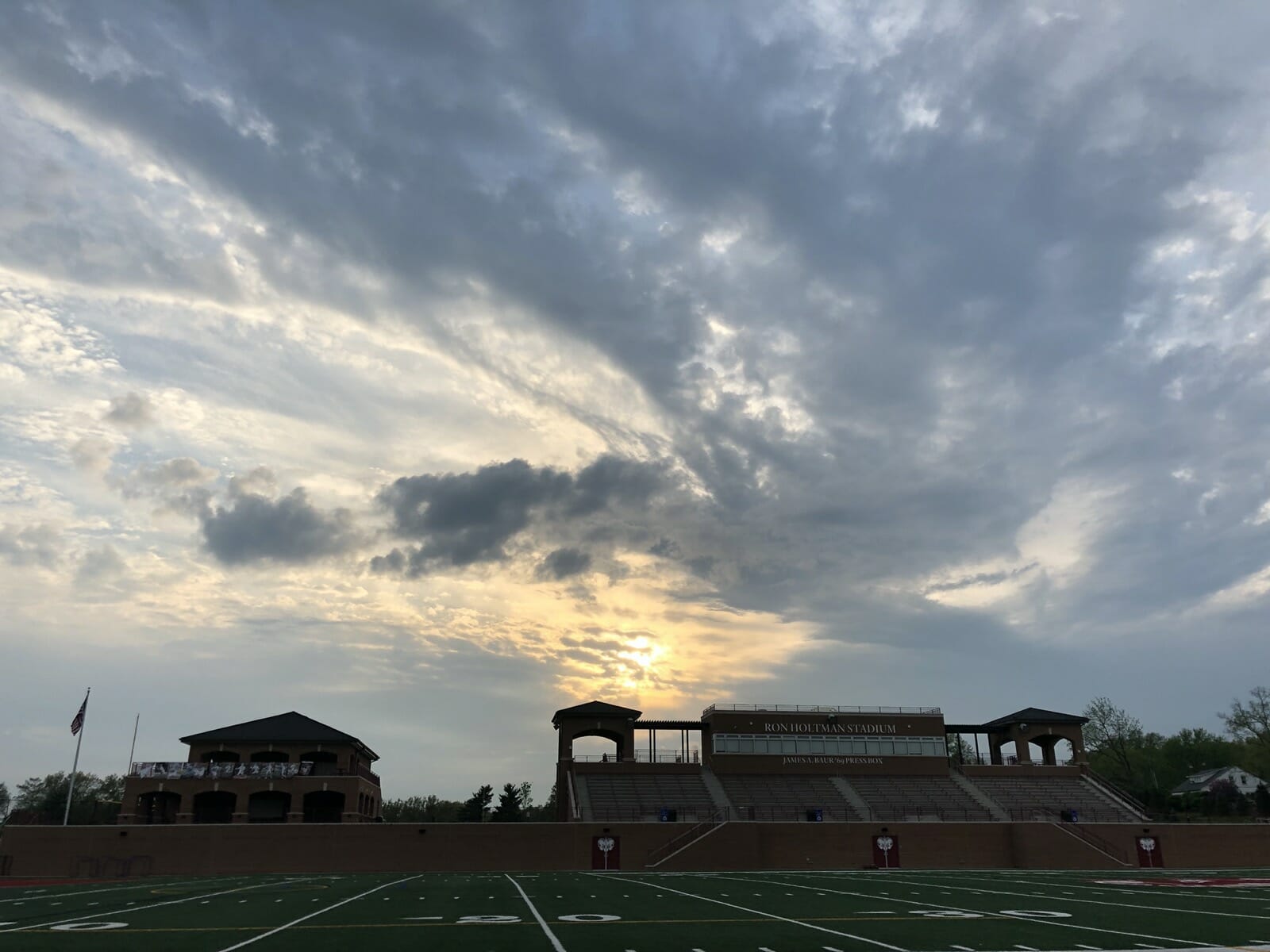I cannot remember how old I was when I first learned about 1816—the so-called “Year Without a Summer”—and I do not know how often it returned to my mind before this year, but I have certainly thought about it many times in recent weeks.
On April 10, 1815, Mount Tambora in Indonesia erupted in what geologist Robert Evans, writing in the pages of Smithsonian Magazine, called “the most destructive explosion on earth in the past 10,000 years.” It was catastrophic to its immediate vicinity, killing 90,000 people on the islands of Sumbawa and Lombok—most by starvation from crop devastation—but news of the event traveled “no faster than a sailing ship, limiting its notoriety.” Compared to Krakatoa, which erupted in 1883 after the invention of the telegraph, Mount Tambora was both unheralded in its own day and largely forgotten thereafter, particularly in the English-speaking world, as this Google Ngram graph makes plain.
If the smoke and gas that Mount Tambora spewed as high as 25 miles into the atmosphere drew scant attention from people in the northern hemisphere at the moment of its occasion, the resulting volcanic winter, as stratospheric winds gradually spread sunlight-blocking ash and dust across their skies, was impossible for them to ignore. Flooding, disease and especially famine—what former Northeastern University history professor John Dexter Post called “the last great subsistence crisis in the Western world”—were especially disastrous in Europe, where hundreds of thousands of people perished from the effects of the eruption.
In our own country, Virginia recorded snowfall in both June and July of 1816, and Thomas Jefferson, having retired from the presidency to farming, had such a poor crop that year that he had to apply for a $1,000 loan. In New England, harvests were so depleted in 1816 that thousands of farmers migrated west of the Ohio River for a more forgiving climate, accelerating the ratification of Indiana and Illinois as states in 1816 and 1818, respectively. Sarah Snell Bryant of Massachusetts reduced the summer of 1816 to a two-word sentence of frustration: “Weather backward.”
This week has brought beautiful weather to us in St. Louis at long last, but our metaphorical weather is backward nevertheless. Just as the eruption of Mount Tambora was unforeseen and disruptive on a global scale, so the COVID-19 pandemic was unforeseen and has been disruptive on a global scale. Just as the eruption of Mount Tambora affected thousands of people directly and millions of people indirectly, so the COVID-19 pandemic is affecting millions of people directly and billions of people indirectly. Yet just as the world moved past the year without a summer, so will our world move past the challenges we are enduring today.
This is enduring. Enduring is social distancing when we want togetherness. Enduring is stock market turmoil when we want stability. Enduring is a public health crisis when we want wellness. Enduring is economic uncertainty when we want clarity. And yes, enduring is remote learning when we want classrooms.
Whether we endure this backward weather is not up to us. We must endure it. But how we endure it is absolutely up to us. And how we will remember that we endured it.
Always reason, always compassion, always courage. I will continue to be guided by these aspirations on my cloudiest days as I have been on my sunniest. I hope that you will be guided by them on all of yours as well.
Jay Rainey
Head of School
